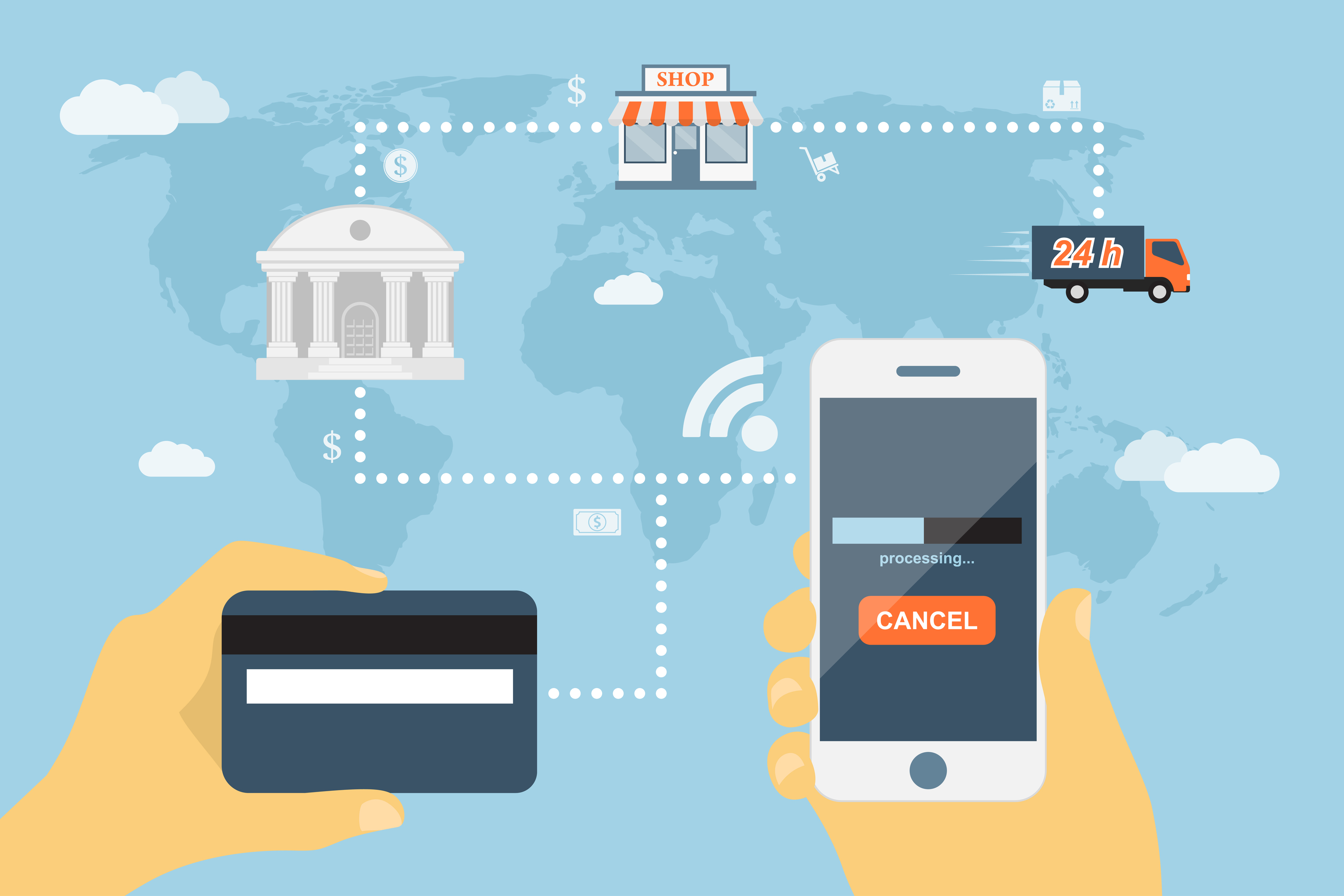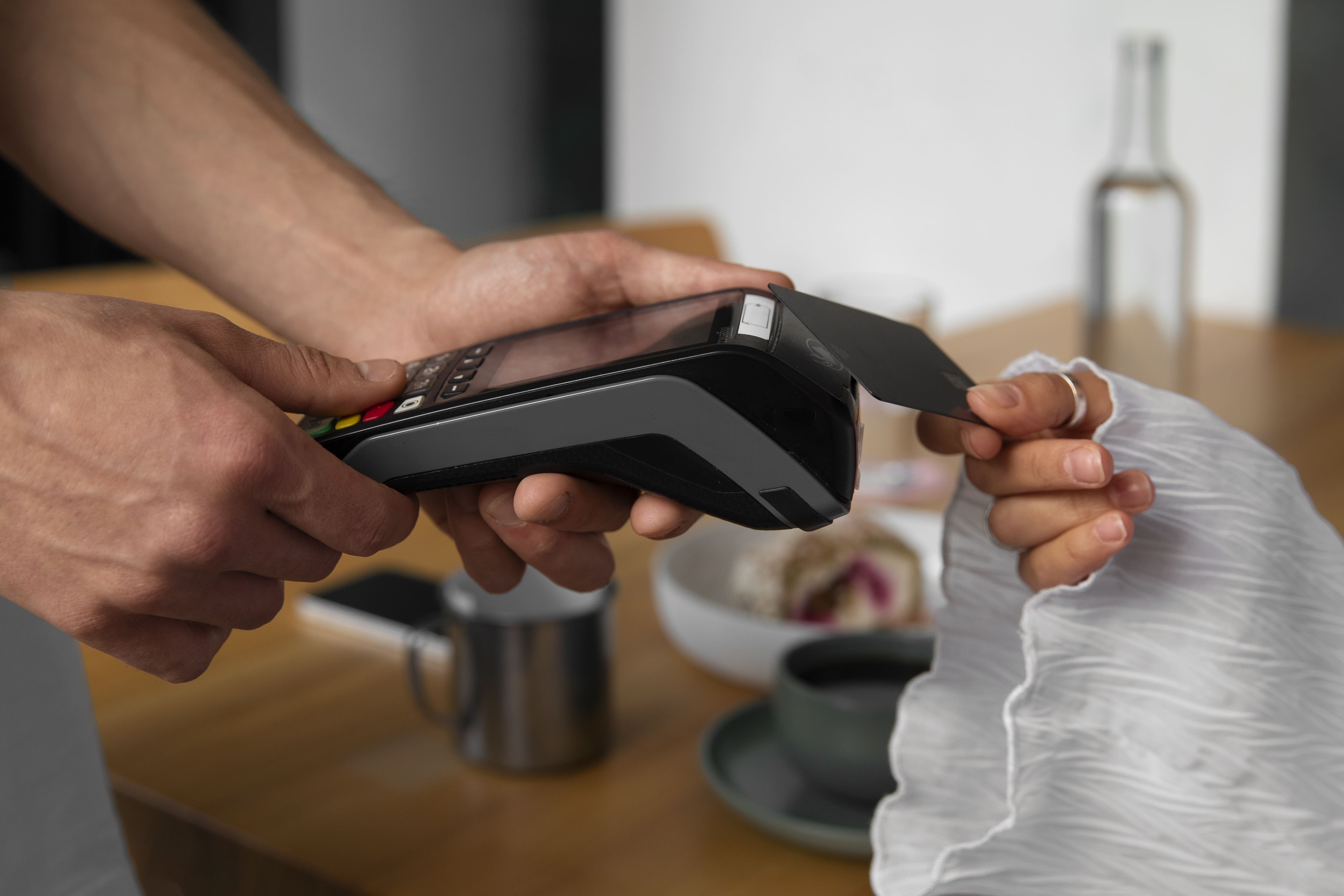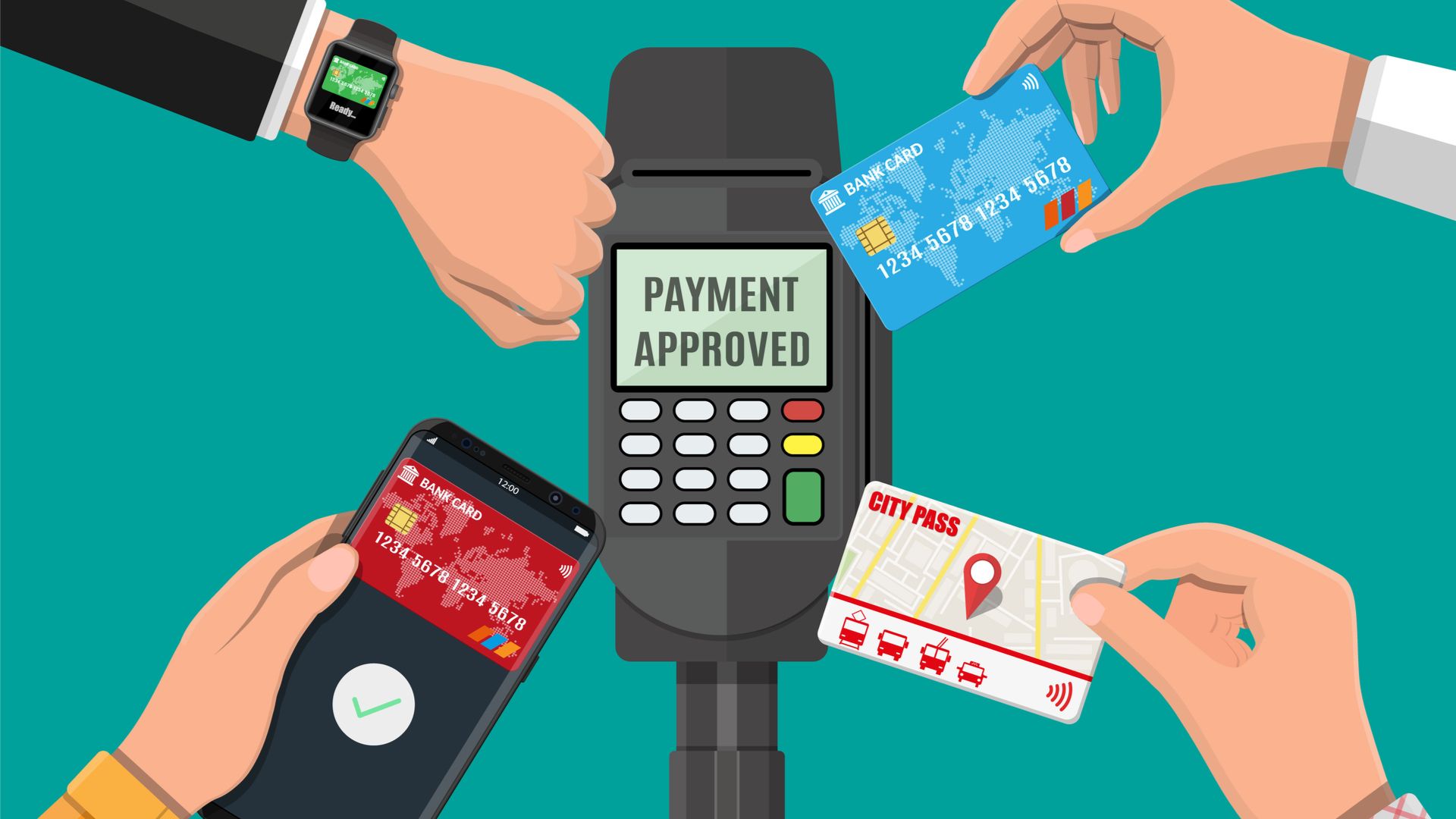The global payments landscape is undergoing a remarkable transformation, driven by advancements in technology, evolving consumer behavior, and an increasing focus on convenience. Mobile payments, which have already seen unprecedented growth in the last decade, are expected to take center stage in 2025 and beyond. As businesses and consumers seek faster, more secure, and frictionless transactions, mobile payment solutions will adapt and innovate to meet these expectations.
Eric Hannelius, a fintech expert and leader in the payment technology industry, believes the future of mobile payments hinges on adaptability and customer-centric innovation. “The way consumers interact with payments will continue to evolve. Businesses that embrace technology and prioritize seamless, secure experiences will drive the market forward,” he notes.

Key Trends Shaping Mobile Payments.
1. Rise of Contactless and Tap-to-Pay Solutions.
Contactless payments are set to dominate in the coming years. Driven by the widespread adoption of near-field communication (NFC) technology, tap-to-pay methods on smartphones, wearables, and cards will become the preferred choice for both consumers and merchants. As more retailers upgrade their payment terminals and consumers grow accustomed to the speed and convenience, this trend will solidify.
Emerging technologies, such as ultra-wideband (UWB), may also enable quicker and more precise contactless payments, further enhancing the user experience.
2. Integration of Biometrics for Enhanced Security.
As mobile payments grow, so does the focus on security. In 2025 and beyond, biometric authentication—such as fingerprint scans, facial recognition, and voice verification—will play a larger role in securing transactions. Consumers will increasingly rely on biometric features as they provide a seamless user experience and a stronger layer of fraud prevention.
Eric Hannelius highlights: “Consumers want security without sacrificing convenience. Biometrics strike that balance, offering reassurance that transactions are protected while eliminating friction.”
3. Expansion of Super Apps.
Super apps, which combine multiple services like payments, shopping, and banking under one platform, are reshaping the mobile payments landscape. A number of platforms in Asia have demonstrated the potential of super apps to integrate payments into daily activities seamlessly.
In the next few years, other markets—including North America and Europe—will see fintech and payment companies launching similar super app ecosystems to enhance customer loyalty and increase engagement.
4. Digital Wallets to Outpace Traditional Cards.
Digital wallets will continue to grow, potentially surpassing traditional card usage in many regions. Consumers are increasingly opting for wallets that store multiple payment methods, loyalty cards, and even identification credentials in one secure location.
As Eric Hannelius explains: “Digital wallets represent the convergence of payments, identity, and rewards. Their adoption is accelerating because they streamline so many elements of the payment process into one simple tap.”
5. Embedded Finance and Payment Integration.
The future of mobile payments will see financial services integrated seamlessly into non-financial platforms. This concept, known as embedded finance, allows consumers to make purchases, access credit, or manage payments directly within their favorite apps, whether it’s a ride-hailing app, a social media platform, or a food delivery service.
Companies offering these embedded solutions will create smoother, more intuitive payment experiences, eliminating the need for separate platforms.
6. Growth of Real-Time Payments (RTP).
Real-time payment networks are becoming a priority for governments and fintech innovators worldwide. Mobile payment systems will leverage RTP to enable instant transfers between accounts, even across borders. This trend will empower businesses to improve cash flow while enhancing consumer satisfaction with immediate settlement options.
7. The Role of Cryptocurrencies and Digital Currencies.
The introduction of central bank digital currencies (CBDCs) and the continued adoption of cryptocurrencies will influence mobile payments. Many fintech platforms are already integrating crypto wallets and enabling transactions using digital assets. Moving forward, consumers may use their smartphones to seamlessly switch between fiat and digital currencies when making payments.
Challenges Ahead.
While the mobile payments space is poised for growth, challenges such as cybersecurity threats, regulatory hurdles, and concerns about privacy remain. Fraud prevention and data protection will require ongoing innovation to maintain consumer trust in digital ecosystems.
Eric Hannelius points out: “The payment industry must stay ahead of potential risks. Consumers will only adopt new technologies if they feel confident that their data is protected and the systems are reliable.”
As mobile payments evolve, the future will be defined by enhanced speed, security, and integration. Technologies like biometrics, real-time payments, and digital wallets are shaping a future where transactions are effortless, instant, and secure. Businesses that stay ahead of these trends will not only meet consumer demand but also gain a competitive edge in an increasingly digital economy.

Eric Hannelius sums up the opportunity ahead: “Innovation in mobile payments will transform the way we think about commerce. The winners will be those who anticipate customer needs and combine technology with trust to deliver value.”











